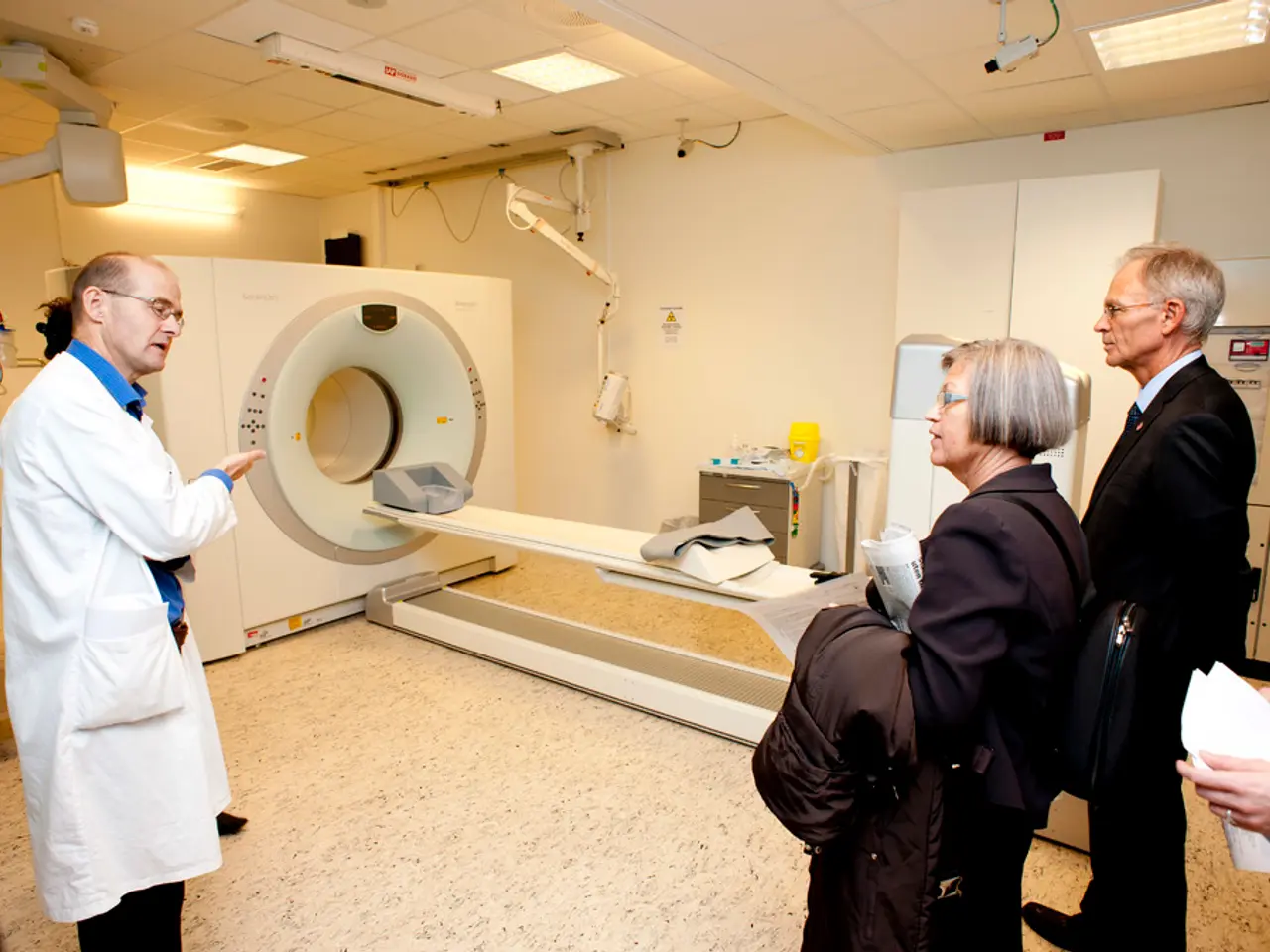Glucosyl Ceramide Lipidosis: An Examination of a Specific Lipid Storage Disorder
In the realm of rare genetic disorders, Glucosyl Ceramide Lipidosis (GCL) stands as a significant challenge. This condition, often linked to Gaucher disease, is characterised by the body's inability to break down certain fats due to a genetic mutation affecting the production of the glucosylceramidase enzyme.
Early diagnosis is crucial for effective management of GCL. Regular clinical evaluations, family history assessments, and laboratory tests, including blood tests measuring enzyme activity levels and genetic testing, are essential in confirming the presence of mutations associated with the disorder.
The prognosis for individuals with GCL can vary widely, with factors such as the age of onset, the severity of symptoms, and the effectiveness of treatment playing a significant role. Symptoms may include enlarged organs, bone pain, neurological symptoms, skin manifestations, fatigue, and weakness.
Adapting to life with GCL may require some changes in daily routines. Staying organized, prioritizing self-care, and educating oneself about the condition are vital. Regular follow-ups with healthcare providers are essential for monitoring the condition, adjusting treatment plans, and early detection of any complications.
Common complications of GCL include neurological issues, hematological problems, organ enlargement, and bone issues. Symptomatic treatments play a crucial role in managing GCL, focusing on alleviating specific symptoms and improving overall well-being.
While there is currently no cure for GCL, various management strategies can help alleviate symptoms and improve the quality of life for affected individuals. Enzyme replacement therapy, pain management, and supportive care are key approaches.
In the realm of research, efforts are focused on enzyme replacement, substrate reduction, understanding lipid metabolic pathways, and enhancing lysosomal function. Enzyme replacement therapy involves the administration of a synthetic version of the enzyme deficient in individuals with the disorder. Substrate reduction therapy aims to decrease the production of glucosylceramide by inhibiting the enzymes responsible for its synthesis.
Building a strong support network, including family, friends, healthcare providers, and support groups, is essential for anyone living with GCL. Emotional and psychological support is crucial for patients and families dealing with the diagnosis, as it can bring about a range of emotions.
A diet low in saturated fats and high in fiber may help manage symptoms of GCL. Consulting with a nutritionist who specializes in metabolic disorders can provide tailored dietary advice.
As research continues to evolve, so do treatment guidelines. Recent protocols from health authorities highlight evolving therapeutic guidelines, incorporating new evidence in enzyme therapies but also recognizing the need for research in types beyond type 1 and for long-term management.
In summary, understanding and managing Glucosyl Ceramide Lipidosis requires a collaborative approach between patients, families, healthcare providers, and researchers. With ongoing research and development, the quality of life for those affected by this condition continues to improve. If you or someone you know is experiencing symptoms associated with this condition, it is crucial to consult a healthcare professional for proper evaluation and care.
Engaging in regular health-and-wellness practices, which may include a diet low in saturated fats and high in fiber, can assist in managing symptoms of Glucosyl Ceramide Lipidosis. Seeking advice from a nutritionist who specializes in metabolic disorders can provide personalized dietary guidance.
In addition, early and appropriate diagnosis is key in managing medical-conditions such as chronic diseases like GCL, where regular clinical evaluations, family history assessments, and laboratory tests are essential. This includes genetic testing to confirm the presence of mutations associated with the disorder.




